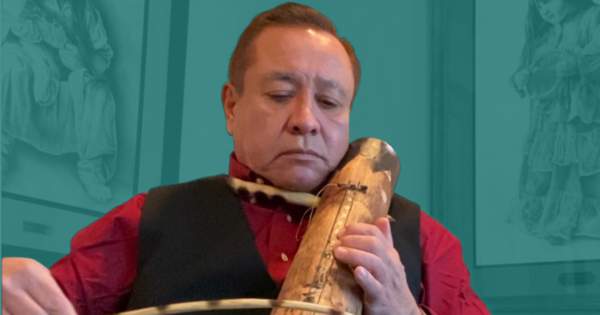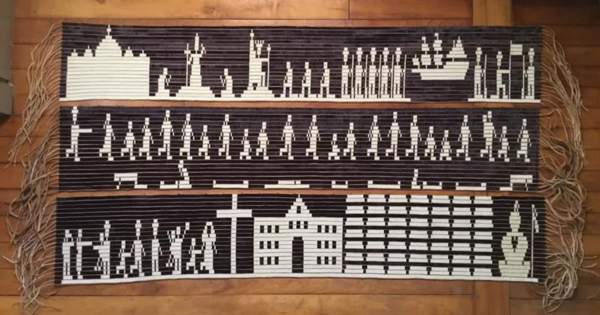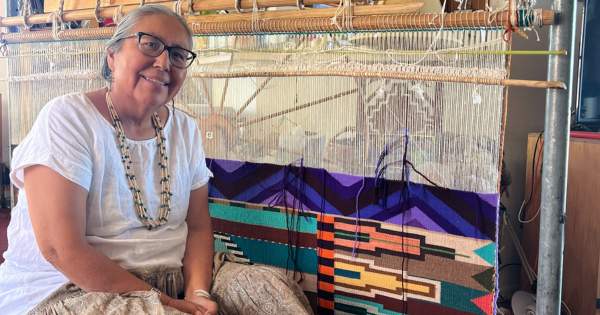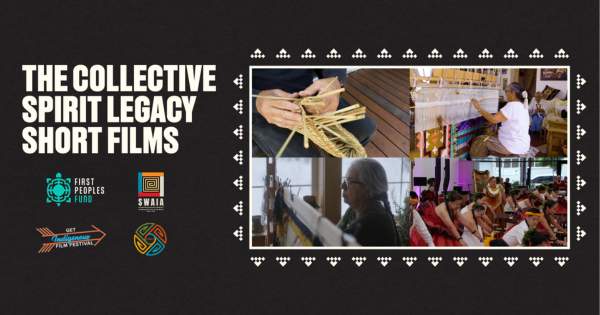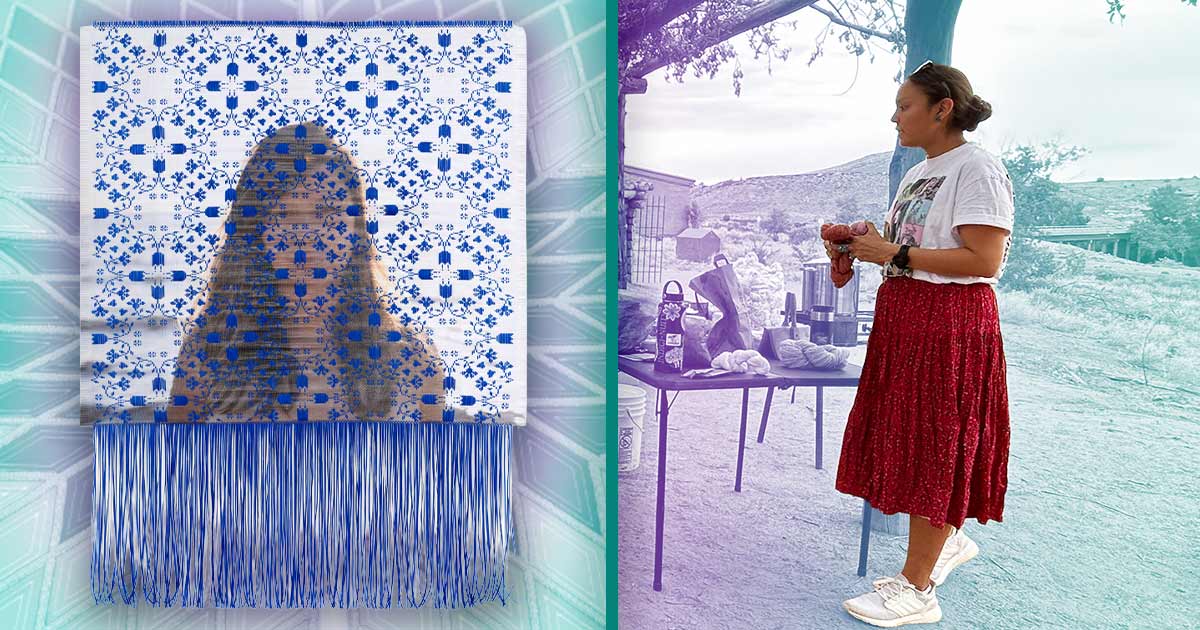
Mark Fischer tells story of the writing of the United States Constitution through “Ancient Dignity”
There is a story that needs to be told about the history of the writing of the United States Constitution, and Native artist Mark Fischer (Oneida) says he is willing to tell it. Fischer, a blacksmith from Wisconsin who learned the trade as a child from his grandfather, has toured the country with a life-size copper bison sculpture he created to draw attention to the importance of the bison in American history, and the role of Native people in the writing of The Great Law, or Everlasting Tree of Peace.
The name of the bison, "Ancient Dignity," is a symbol of pride for the animal itself and The Great Law, which Fischer says was written by Iroquois (Haudenosaunee) women, as a set of laws for how to govern Native society and was the basis of the U.S. Constitution. The bison is also the national mammal of the United States.
The federal government admitted in 1991 that The Great Law was the basis of the U.S. Constitution, he said. The document is the backbone of American democracy and it is significant that Native people helped create it. "It should be important to everybody," he said.
"It's the laws of our freedoms. Native Americans did great things to make this country great because of the laws we lived by."
The 1200-pound bison, which took 1800 hours of hammering, cutting, welding and forming copper, stands at 5 feet, 6 inches tall. The bison is made of copper, a nod to the copper culture of Northern Wisconsin and the Upper Peninsula of Michigan.
An I-beam inside the piece honors the Iroquois ironworkers who built the New York City skyscrapers. "We built that great city," Fischer said. "We were the steel workers. It's important to remember, and honor, history and the people. When I told the elders I did that, they cried."
The piece also features a medicine wheel, which means good will to all. A lightning symbol on the rear leg means grandfather, which Native tradition says brings the rain. The bison also includes a description of the Oneida Tree of Peace on the wampum belt around the sculpture.
The project took Fischer a year to complete, with him oftentimes times working seven days a week. "I was on a mission," he said.
Now, that mission is focused on educating. Before becoming a full-time artist, Fischer helped build the Indian Community School in Milwaukee, a state-accredited school where Native families could send their kids for culture, language and academics. Continuing to make sure Natives have access to education is still important, he said, and including non-Natives in the conversation about history is too.
"I've been touring around," he said, and the response to the piece has been overwhelming. Many children have been attracted to the piece at markets and fine art shows.
"Kids have hugged it, pet it and talked to it," he said. "And a lot of politicians come and want to stand by it. I took it to the reservation and it was just incredible. It was so beautiful."
Fischer said the project wouldn't have been possible without funding and support from First Peoples Fund through an Artist in Business Leadership Fellowship this year. "It's a great honor to be recognized by First Peoples Fund," he said.
He hopes the far-reaching message of "Ancient Dignity" will continue to move through the country. He plans to continue to feature the sculpture at art markets throughout the United States, and has been accepted into the art market next year at the Heard Museum in Phoenix, Arizona.
As a former educator, he hopes that Natives and non-Natives alike will appreciate the history and culture the surrounds the bison and The Great Law. It's not the Native way to draw attention, he said, so art is a great way to start important conversations.
"You don't see us marching in the streets," he said. "Sometimes we're silent, but I want to showcase this."



